A look at Popcorn Computer's new Pocket P.C.
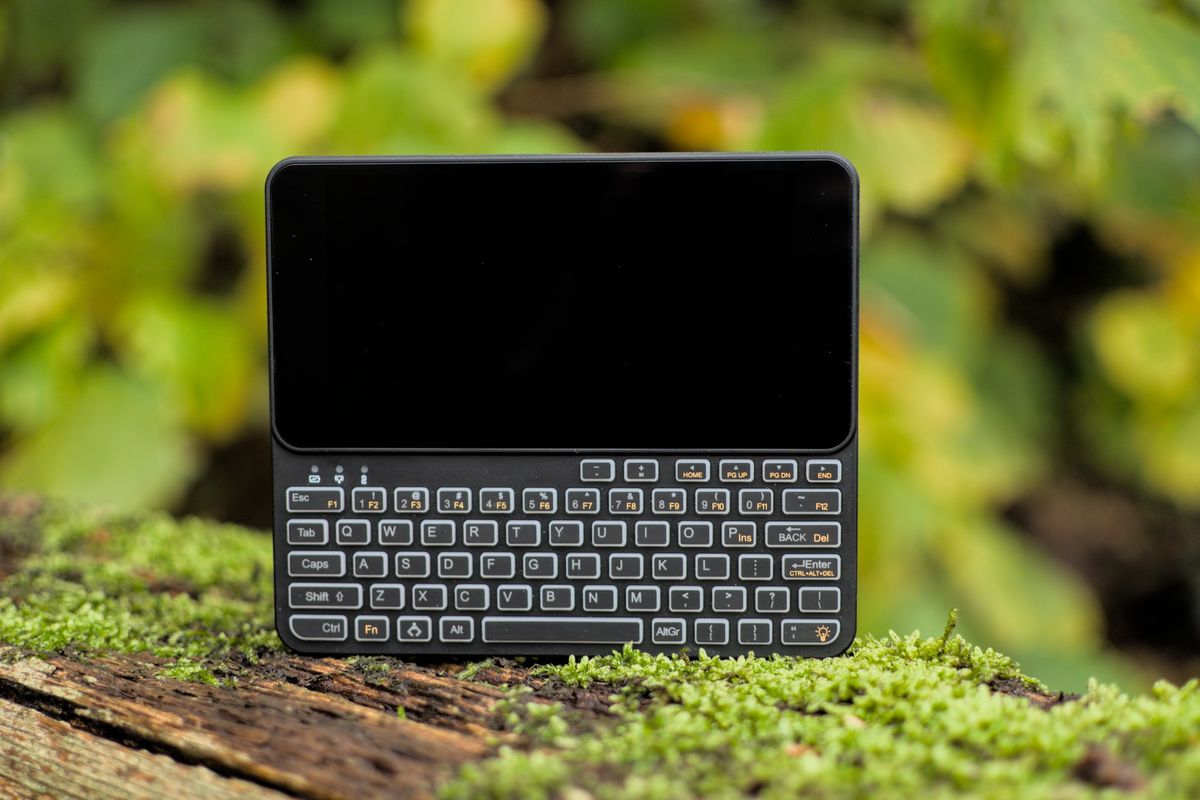
The Pocket P.C., short for Pocket Popcorn Computer, is a handheld created by the independent hardware manufacturer Popcorn Computer, and originally announced in the fall of 2019. This PDA comes with an integrated keyboard, and runs a pure Linux OS based on the Allwinner A64 platform.
The specifications for the device are the following:
| SoC | Allwinner A64 |
|---|---|
| CPU | 4x Cortex-a53 @ 1.2Ghz |
| RAM | 2GB DDR3 |
| Storage | 32 GB eMMC module |
| SD card slot | |
| Display | 1080x1920 IPS LCD @ 4.95" |
| Battery | 3200mAh removable, BL-44E1F |
| Wireless | 2.4Ghz BG WiFi |
| Bluetooth 4.0 | |
| Connectors | 1x USB-C for charging and gadget mode |
| 1x USB-C connected to an internal serial line | |
| 2x USB-C as USB host | |
| 1x mini-HDMI output | |
| Keyboard | 63 key physical keyboard |
| 27 individually controllable RGB leds | |
| Other | Infineon OPTIGA TRUST M Secure Element |
| U-Blox CAM-M8Q GNSS module (not in all hardware) | |
| RAKWireless RAK4200 LoRa module (not in all hardware) |
Overall, this is a pretty interesting combination of hardware. At its core, it could look pretty similar to the 2GB PinePhone, yet it adds quite a lot of unique features on top of the same platform.
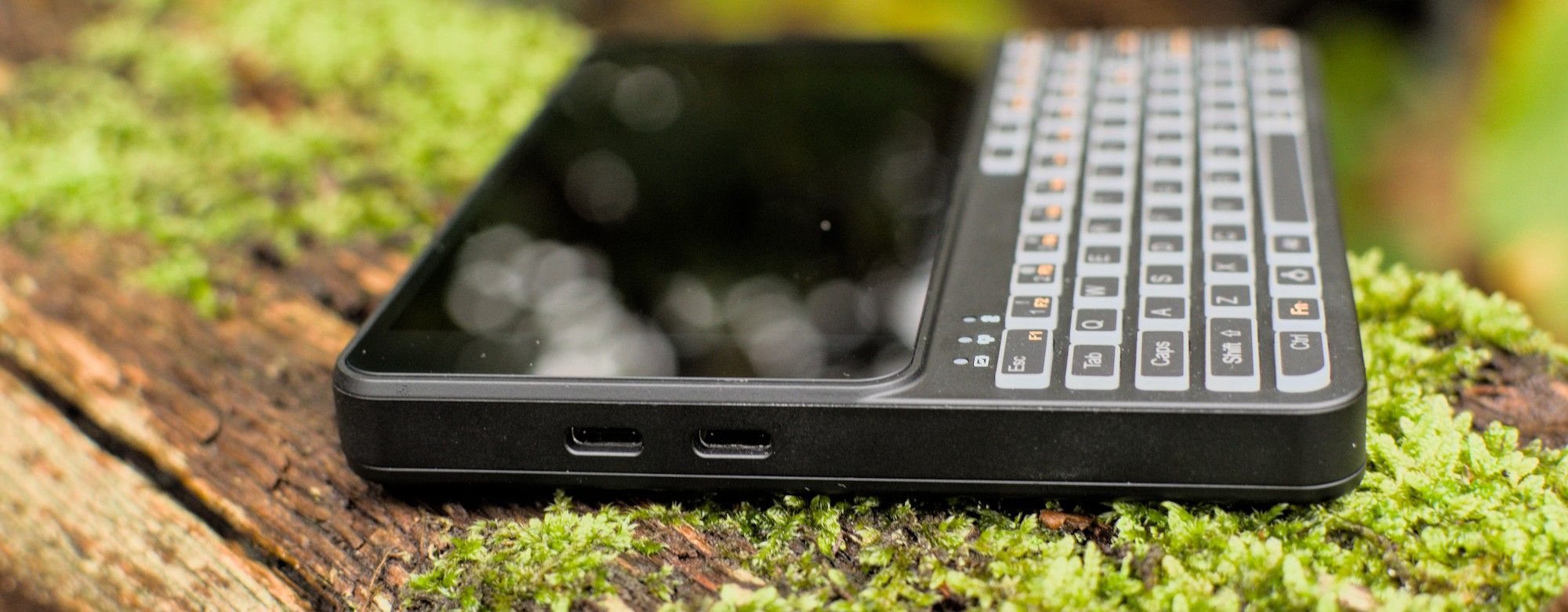
One thing that is immediately visible from the outside is that it has four USB-C ports, two on each side. On the left side, there is one port that is hooked to the SoC and supports USB-PD (Power Delivery) charging. The top left port is only connected to an internal USB-to-serial converter that maps to /dev/ttyS0 inside the device.
The two USB-C ports on the right are both host-only ports, and they connect to an internal USB hub. The bottom right port also supports PD. This together most likely makes this the PDA with the world record on most USB-C ports.
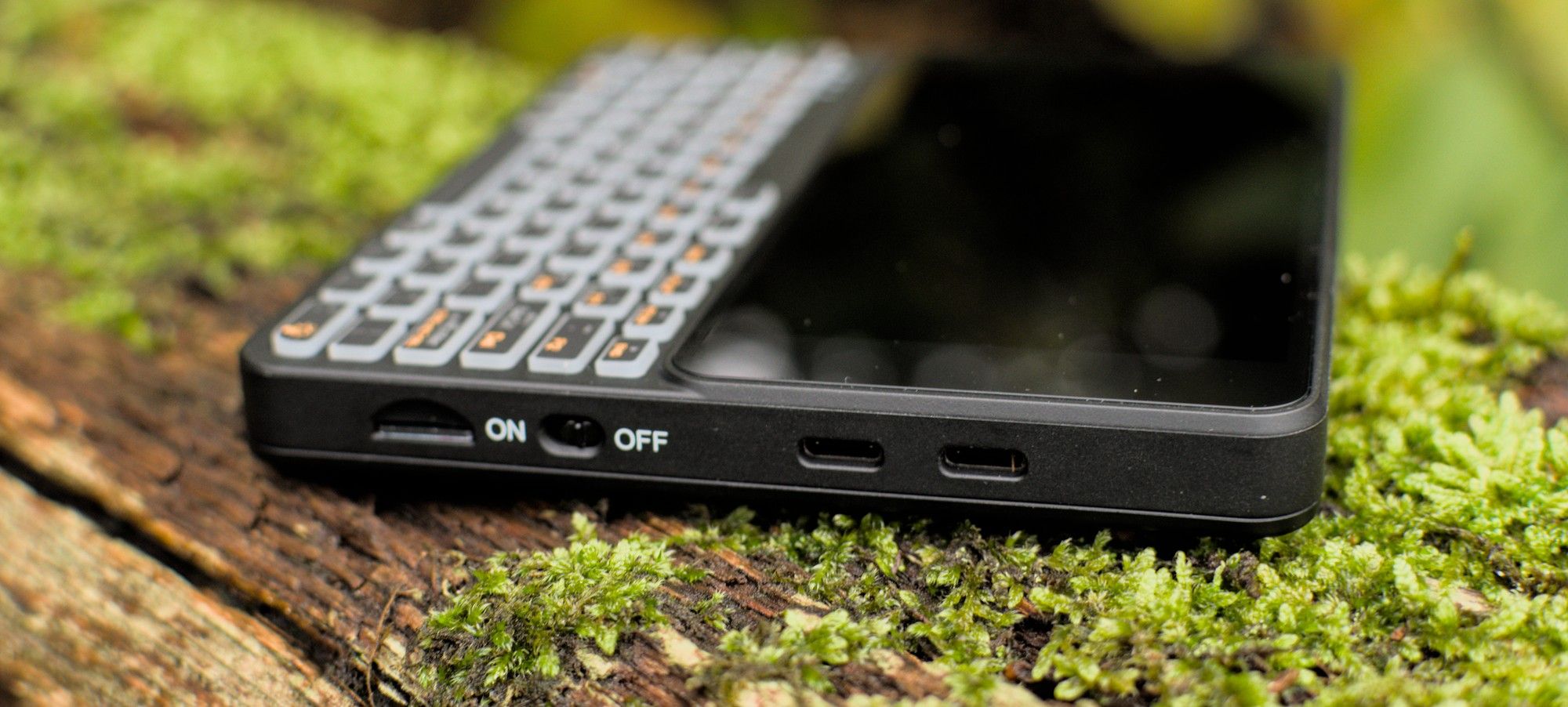
The right side of the device also features an on/off power switch, and the SD card slot. As is the case with the PinePhone, this SD card slot is also bootable.
The on/off switch will power up the system when switched into the on position, and switching it to back to the off position will send a power button signal to the running Linux distribution to make the phone safely shutdown. Since this is a regular keyboard event, it can also be linked to other actions, or with the open keyboard firmware, it can be remapped to anything.

The only thing on the top side of the device is the mini-HDMI connector. This connects to the internal HDMI bus of the A64 SoC for video output, and should also support audio. One of the two host ports can also send out a video signal over USB Type-C DisplayPort "alt-mode", which is supported by most USB-C docking stations. This connection is not fully hooked up on the developer unit, so it could not be tested while writing this article.
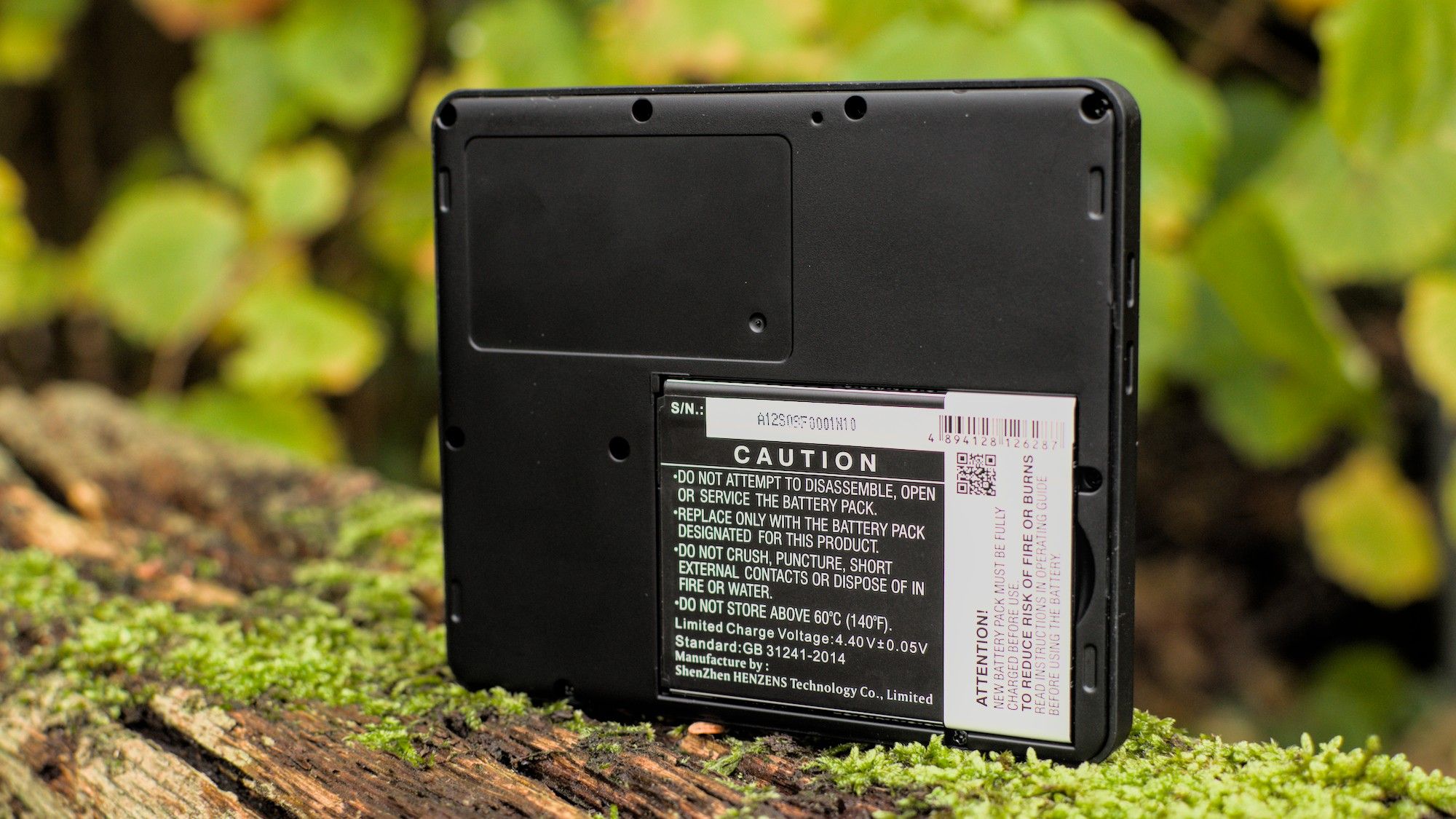
The whole backside of the device comes off easily, and is a cover for the battery compartment. This makes the battery easily replaceable, and the device runs on standardized BL-44E1F batteries, which are not hard to come by. Removing this back cover also gives access to all the screws to open up the rest of the device.
The keyboard
One of the prominent features of the Pocket P.C. is, of course, its keyboard. This is like a phone with a slide out keyboard... except because it does not slide. It took me a bit to get used to typing on this keyboard. Compared to the PinePhone keyboard, it takes some more force to press the keys, but that makes sense since there is no protection to make sure the keys won't get pressed when you actually put the device in your pocket.
The typing response mostly reminds me of the Motorola Droid 4, except that the keyboard is larger and has more space between the keys.
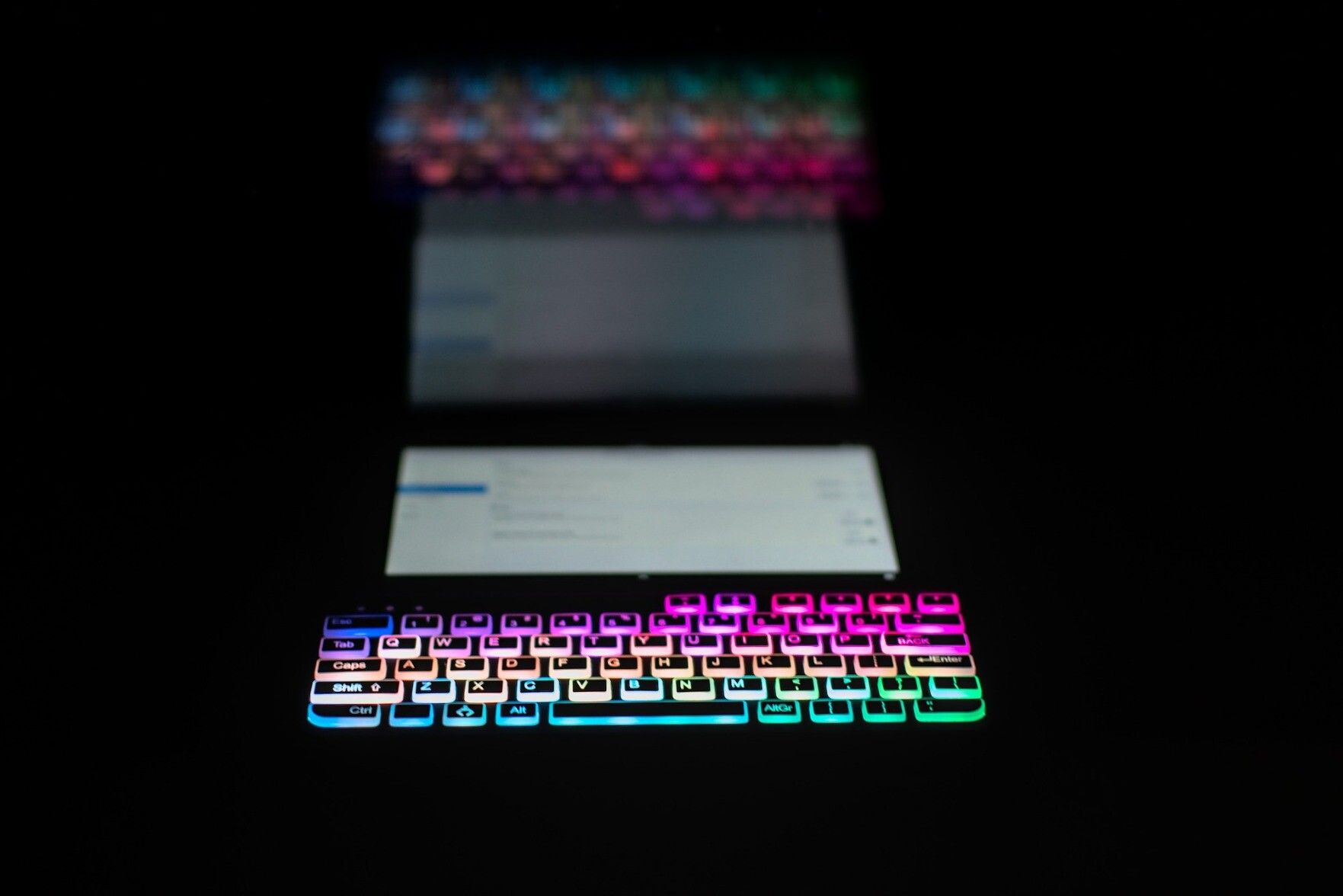
One feature that is not present on the devices I have compared it to is fully controllable RGB backlight. It contains 27 individually addressable RGB LEDs connected to the keyboard controller. With the firmware shipped on the keyboard controller of my unit, the backlight turns on with the Fn+' key combination, and it will show a slowly moving rainbow pattern.
This keyboard layout also has a full set of modifier keys, which is great for actual Linux usage. The Super key has a Source Parts logo on it, and there are also Ctrl and Alt keys in their normal locations. Furthermore, physical Escape and Tab keys makes terminal use pretty smooth on this device.
The software side
I have had this device a few days now, and made an initial postmarketOS port for it - one that needs a lot of cleaning up and is missing some core functionality like the Wi-Fi driver. It did give the opportunity to test some common desktop environments on it.
The first thing I tried was Phosh. This requires running at a higher scaling factor than the PinePhone because of the Full HD display, but looks overall quite good.
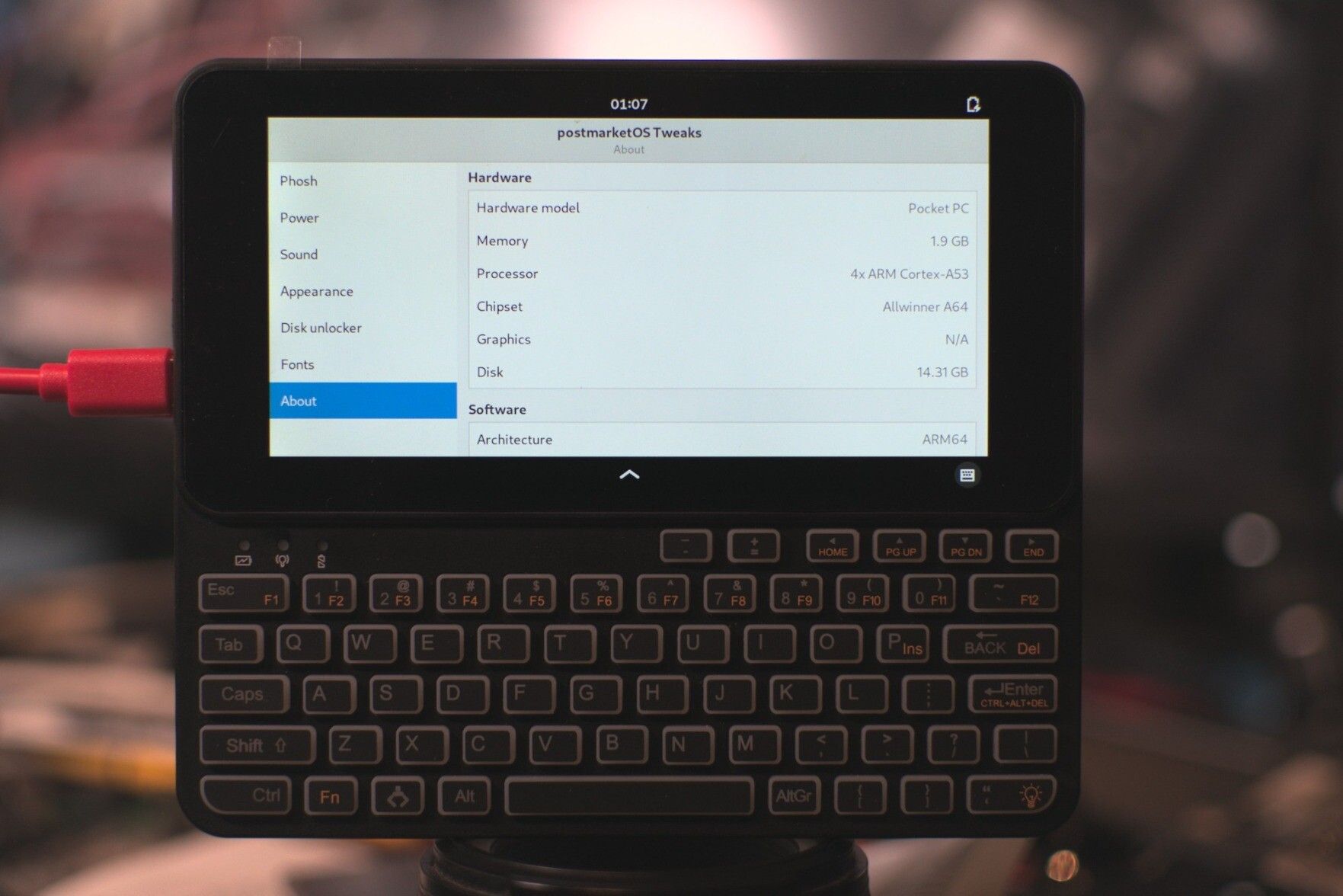
In fact, Phosh does still not work optimally in the landscape orientation, having the panel at the top and bottom removes quite a bit of screen space.
The second environment I tried was KDE Plasma Mobile.
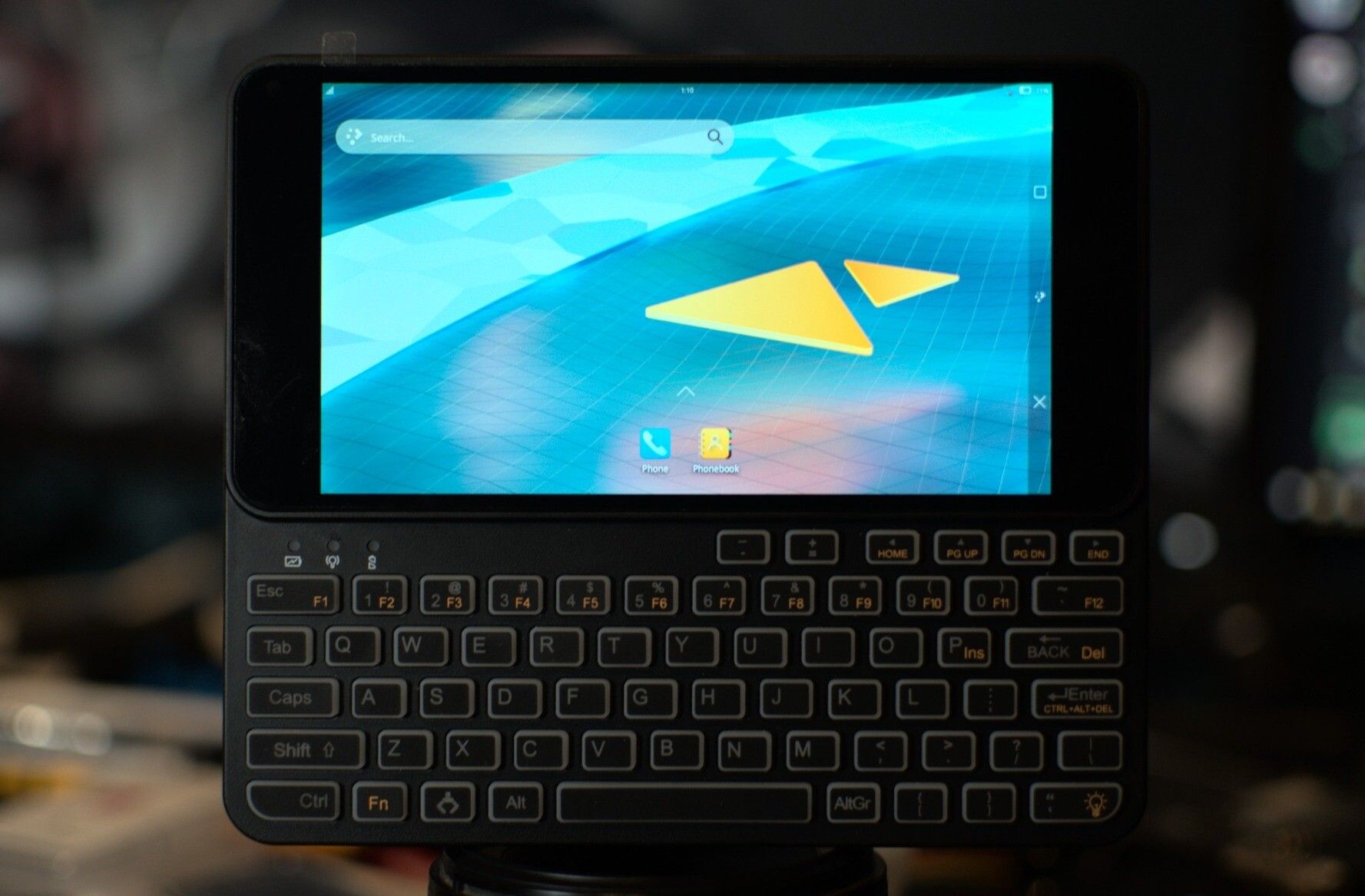
The Plasma user experience adjusts a bit better to this screen orientation. The downside is that the performance is not great. The combination of the old GPU in the Allwinner A64, and twice the amount of pixels in the display compared to the PinePhone causes some slowdowns in the rendering. It renders quite a bit faster in Phosh though, so this is most likely also a software issue.
And because I could not leave it out, I also tried GNOME Shell 41
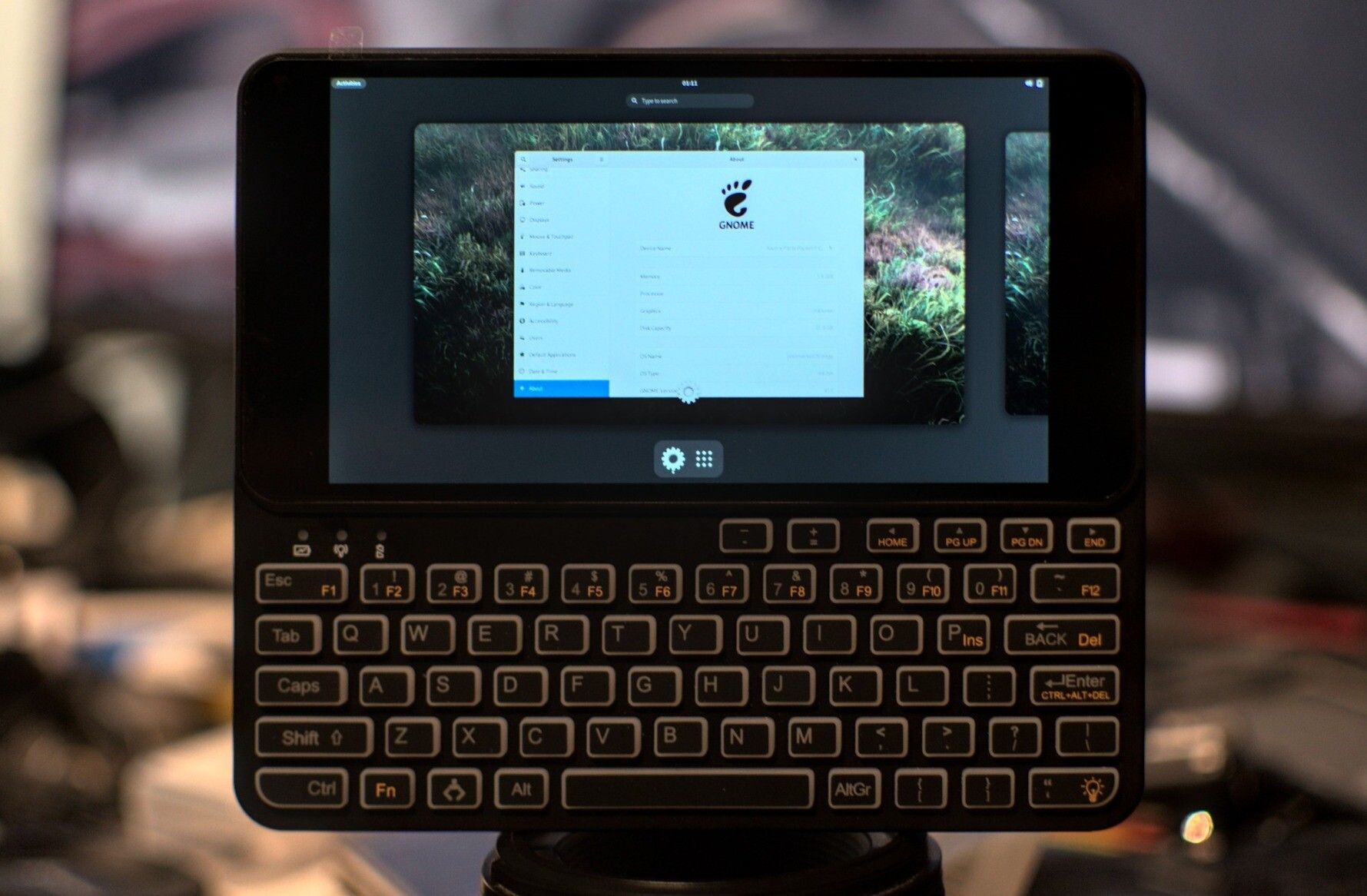
The performance of GNOME is on par with Phosh, but Gnome does not deal with scaling to small displays at all. If you have good eyesight, it is totally possible to run GNOME at 100% or 150% scaling and work comfortably though.
The Popcorn P.C. looks like quite an interesting device. It is not technically a phone, but it is a versatile portable device to have with you, since, being a keyboard-equipped tiny Linux machine, it will do a bit of everything.

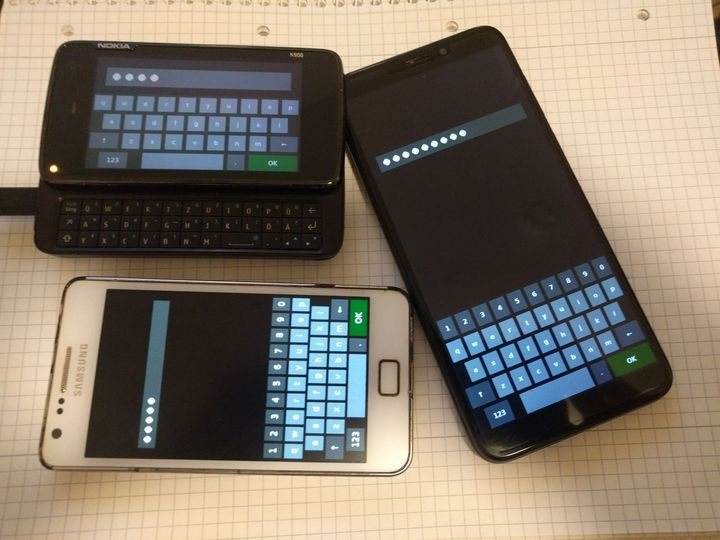
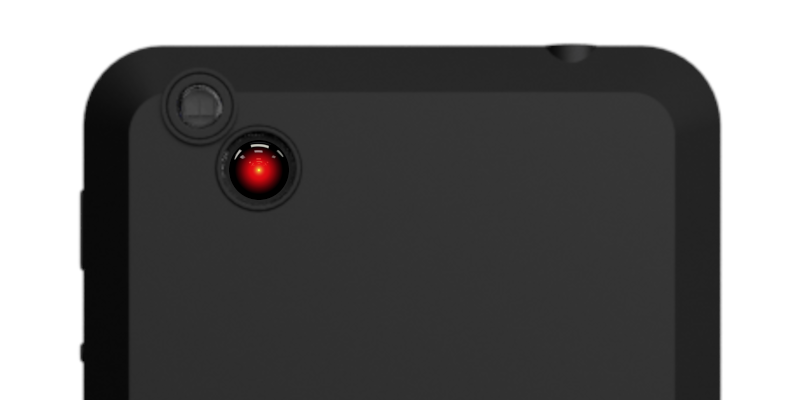
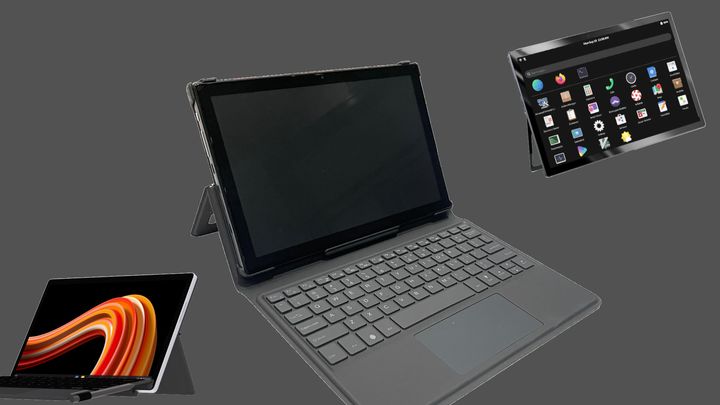
Comments ()